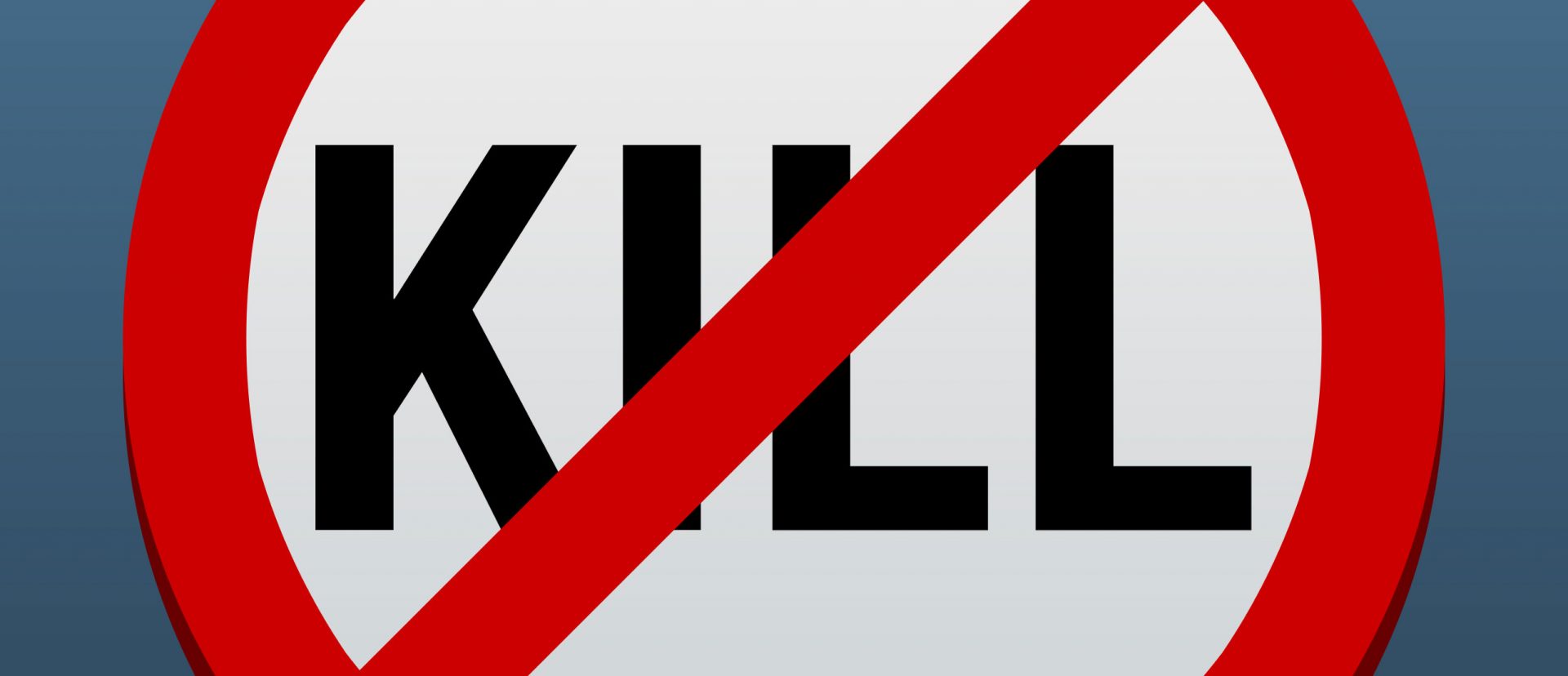In recent years there have been calls for increased scrutiny and enforcement of acquisitions by incumbent pharmaceutical firms of potentially competitive pipeline products. A popular narrative has emerged that such transactions are routinely entered into by large pharmaceutical companies to eliminate competitive threats by “killing” them. This article tells the other side of the story: these transactions frequently have strong procompetitive underpinnings, combining R&D expertise and putting notoriously risky and capital-intensive assets into the hands of specialists best positioned to navigate late-stage development and commercialization, ultimately making it more likely products successfully come to market. It would be contrary to the purpose of antitrust laws to reflexively crack down on all acquisitions of pipeline products by incumbents without continuing to carefully weigh these very tangible competitive benefits.
By Jacqueline Grise, David Burns & Elizabeth Giordano1
For decades, the U.S. Federal Trade Commission (the “FTC”) has used various weapons in its enforcement arsenal to challenge acquisitions by incumbents of pharmaceutical products under development – so-called “pipeline products.” A competitive concern articulated in these cases is that in pharmaceutical markets with few current competing products, and few products under development, the combined firm’s incentive to continue to develop the pipeline product may be diminis
...THIS ARTICLE IS NOT AVAILABLE FOR IP ADDRESS 216.73.216.24
Please verify email or join us
to access premium content!

